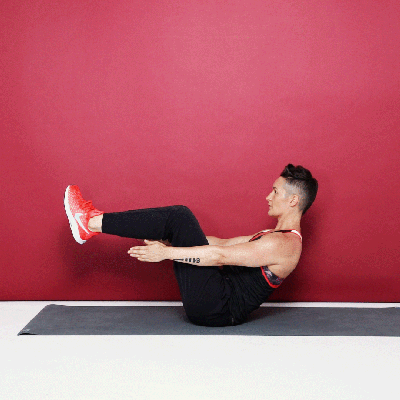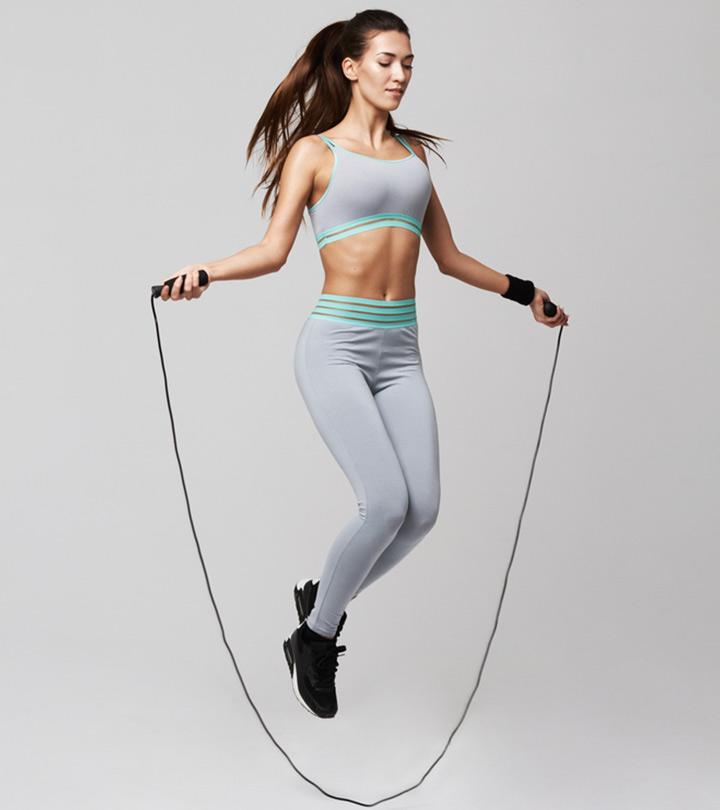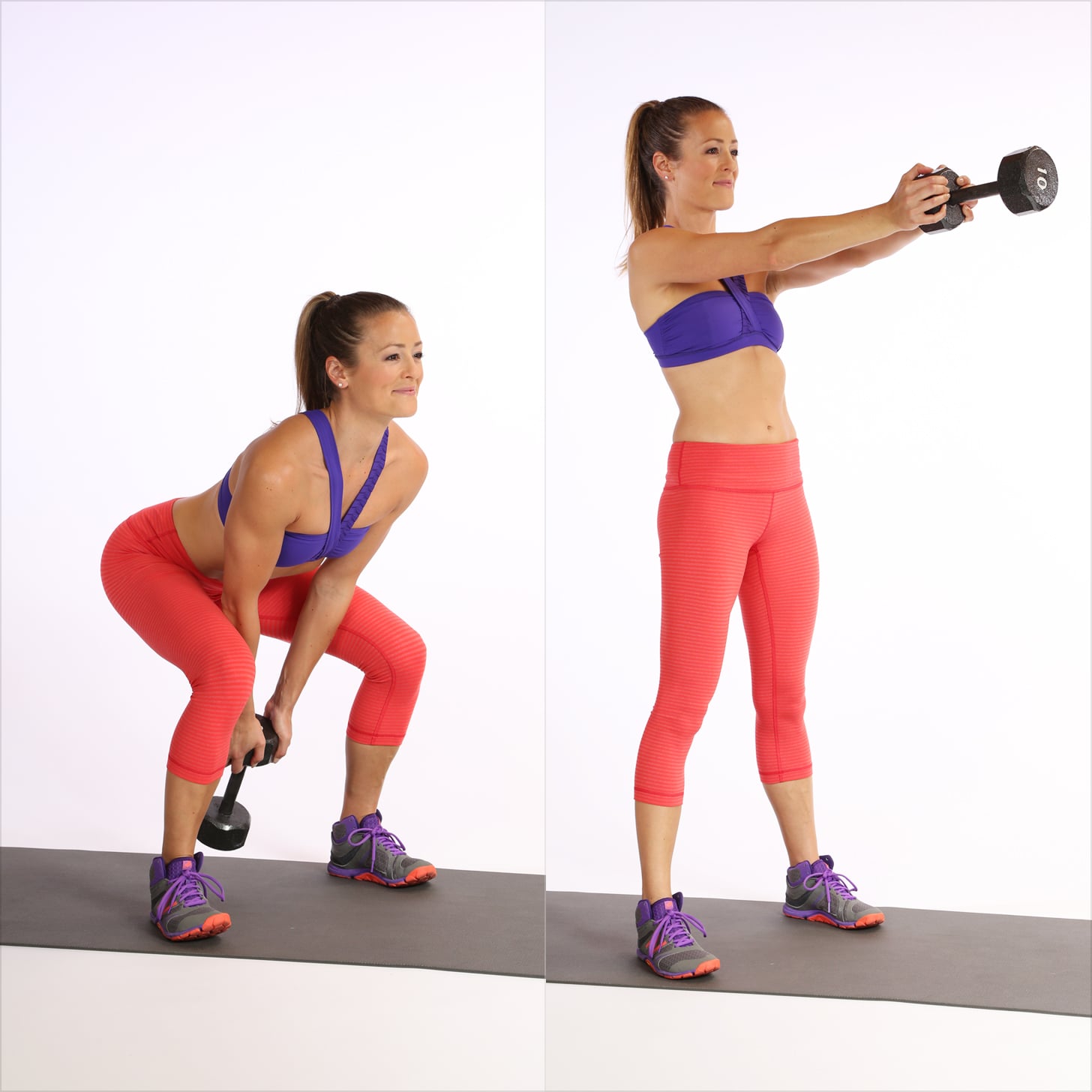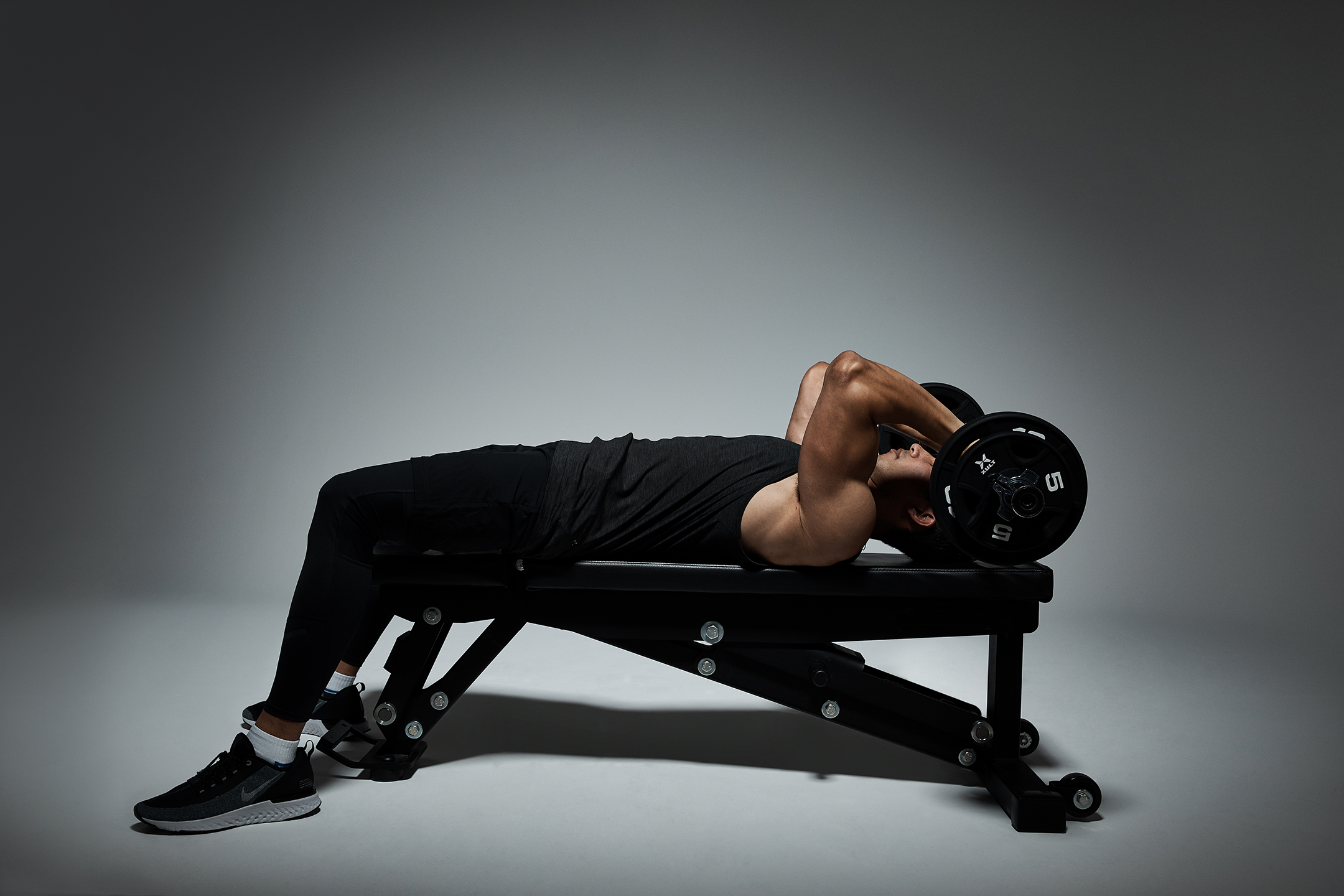Agility is my personal favorite when it comes to conditioning. Agility improves our flexibility and our overall control of our bodies, it also builds up explosiveness for getting off on a sprint of a run. I love train with agility drills when training for sports activities. The drills are very helpful for almost every sport you may be competing in. Some drills that you can do are Pro-Agility, Shuttle Runs, Agility Hurdle Runs, The Agility Ladder, Box Drills, Agility Cone Drills. My personal favorite is the pro agility. In this drill you will have three cones you will start on the middle one and then on go sprint to the second on on your right about 10 yards away. Then tap the cone and change directions and sprint to the far cone and tap that cone to then sprint back through the start. This drill works on overall speed, change of directions, and get off speed. This drill is a good drill to time yourself on and see just how much you improve after doing it for a couple weeks.








